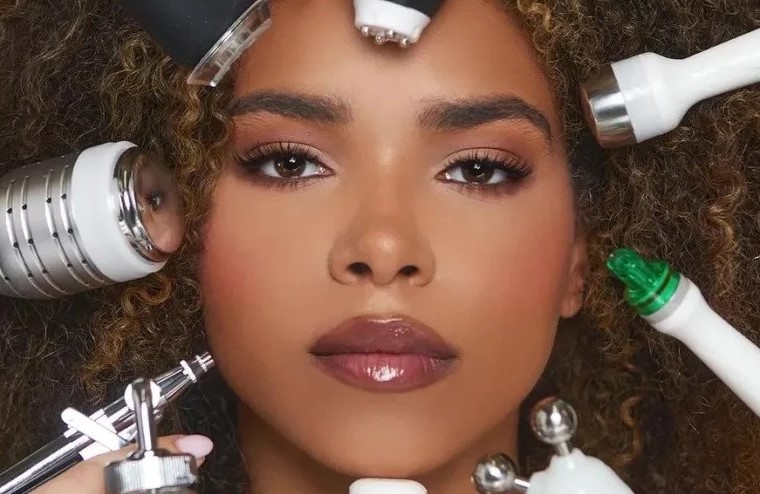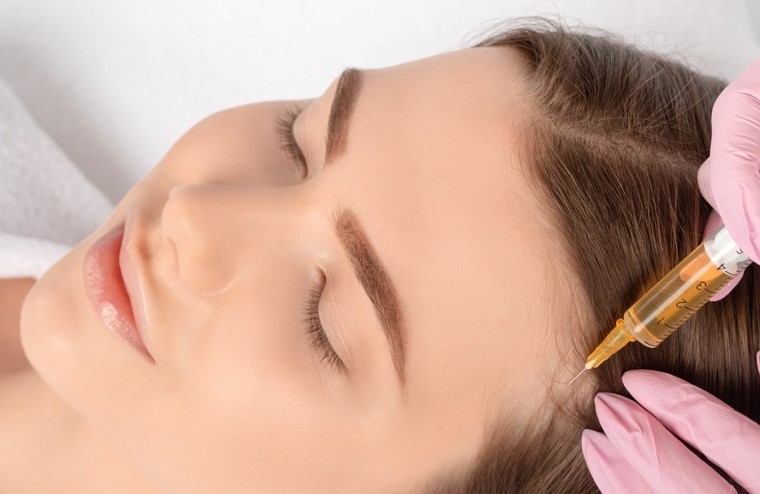Laser hair removal is a popular cosmetic procedure that uses concentrated beams of light to damage hair follicles. While it’s not always permanent, laser hair removal can significantly reduce hair growth for long periods.
Here’s how it works: The laser targets the pigment (melanin) in the hair, which absorbs the light energy and heats up. This heat damages the hair follicle, preventing future hair growth.
However, hair follicles go through growth cycles. The laser is only effective on hair follicles in the growth phase. So, multiple treatments are needed to catch all the follicles in the growth phase.
So, to answer your question, laser hair removal isn’t guaranteeed to be permanent. But it can be a very effective way to achieve long-term hair reduction. Here are some factors that can affect how permanent the results are:
- Skin tone: Laser hair removal works best on people with light skin and dark hair. This is because the laser can more easily target the pigment in the hair.
- Hair color: Lasers are less effective on blonde, red, or gray hair because there is less pigment for the laser to target.
- Hair thickness: Coarse hair responds better to laser treatment than fine hair.
- Hormonal factors: Hormones can influence hair growth. So, people with hormonal imbalances may see some hair regrowth after laser treatment. If you’re considering laser hair removal, it’s important to consult with a board-certified dermatologist or other qualified healthcare professional to discuss your individual suitability and expectations.







